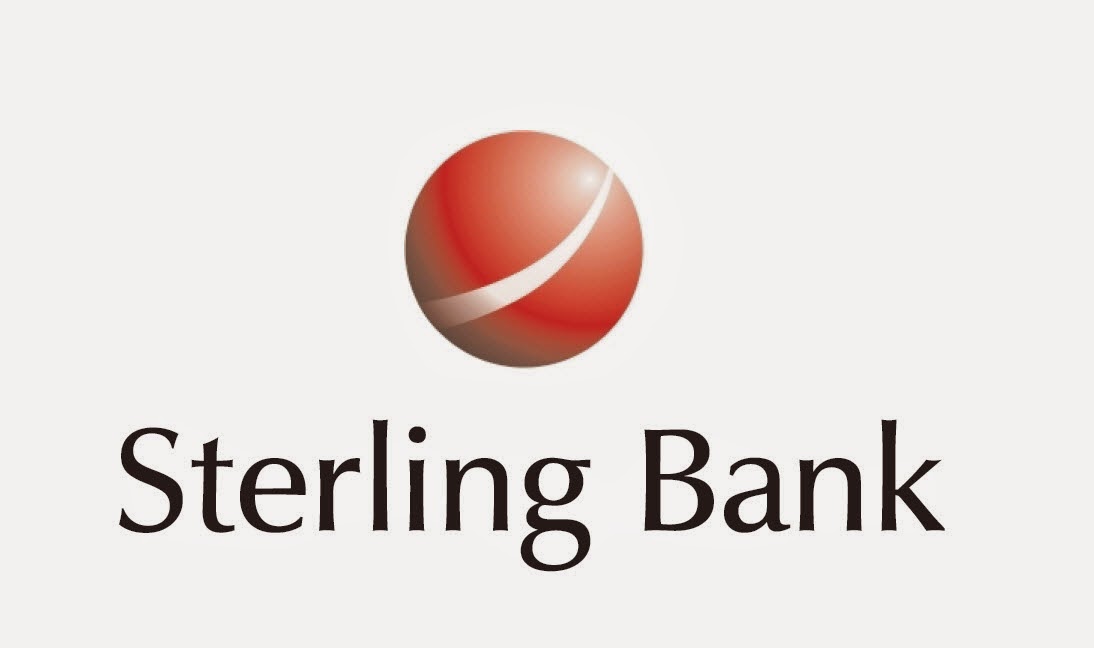Sterling Bank Plc yesterday reported a net profit of N9.3 billion for the year ended December 31, 2013, showing an increase of 24 per cent compared with N7.5 billion reported in the 2012.
The bank is rewarding its shareholders with a dividend of 25 kobo per share, up 25 per cent from the 20 kobo paid the previous year.
Sterling Bank is the third bank to release its 2013 audited results and according to market analysts, the results have shown the lender as one of the best-performing banks in a period characterised by lower earnings stiff regulatory environment.
The bank’s gross earnings rode on the back of a 24 per cent and 31 per cent growth in non-interest income and interest income respectively to N91.6 billion. Non-interest income, which rose to N21.7 billion as against N15.3 billion in 2012 was largely due to a 139 per cent increase in trading income in addition to a 46 per cent increase in fees and commission.
As a demonstration of confidence in the bank, customer deposits rose 23 per cent to N570.5 billion as against N466.8 billion, while total assets including contingent liabilities increased by 28 per cent to N909.4 billion compared with N708.2 billion in 2012.
Similarly, asset quality improved significantly with non-performing loan ratio down to 2.1per cent from 3.8per cent in 2012.
Commenting on the results, the Managing Director/CEO, Sterling Bank, Mr. Yemi Adeola, said: “Our performance for the 2013 financial year highlights our underlying institutional strength, with top-line revenues increasing by 33 per cent to N91.6 billion, despite the pressure on earnings arising from regulatory policy changes during the year. Operating income increased 41 per cent resulting in an improvement in cost-to-income ratio to 69 per cent from 81 per cent in 2012.”
He added that overall, the bank’s bottom line remained strong with 24 per cent growth in profit before tax to N9.3 billion.
“In spite of the challenging operating environment, we grew our loan portfolio to N321.7 billion (2012: N229.4 billion), resulting in a 22 per cent increase in total assets. Asset quality improved significantly with non-performing loan ratio down to 2.1 per cent from 3.8 per cent in 2012 notwithstanding a 40 per cent growth in loans and advances. We also gained traction in our retail drive with an active customer base exceeding one million resulting in 23 per cent growth in deposits.”
 The deal includes $400 million in cash and $1.6 billion in Facebook stock, as well as an additional $300 million if Oculus meets certain performance targets. Oculus will remain headquartered in Irvine, Calif. and continue developing the Oculus Rift. The deal is expected to close in the second quarter of 2014.
The deal includes $400 million in cash and $1.6 billion in Facebook stock, as well as an additional $300 million if Oculus meets certain performance targets. Oculus will remain headquartered in Irvine, Calif. and continue developing the Oculus Rift. The deal is expected to close in the second quarter of 2014. 


















